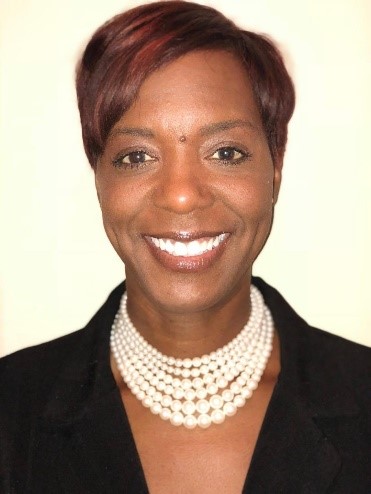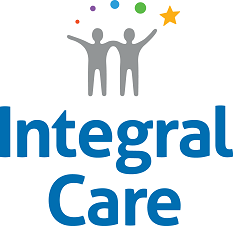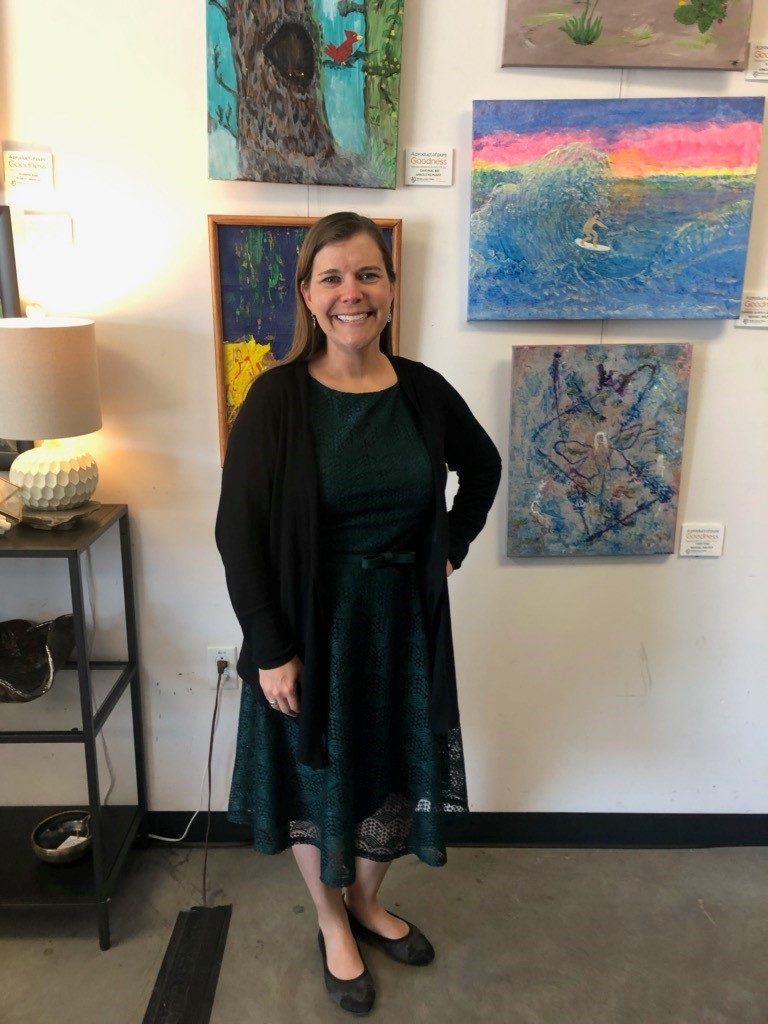Leadership in Housing
Despite the capital city’s continued economic growth, many Austin residents are feeling the pinch of an increasingly unaffordable housing market. From 2010 to 2017, metro Austin’s population grew by an average of 55,500 people per year, pushing the housing market occupancy rate to 98 percent. Austin’s lack of affordable housing has a direct impact on housing instability and homelessness—which has risen 5% each of the last three years—and disproportionately affects people of color and other marginalized communities. The Austin Strategic Housing Blueprint states that between 2018 and 2027, the city needs approximately 60,000 new or preserved residential units for households earning 80% or less of median family income and an additional 75,000 units for households earning above that threshold.

Faced with these challenges, elected officials, government agencies, and community organizations are working together to ensure that everyone in Austin can afford a home that meets their needs. “Austin is a great city. No person should have to live under a bridge, in a creek bed, or in a car,” said City Council Member Ann Kitchen, who serves as the Vice Chair of the Housing & Community Development Committee. Kitchen, an attorney and health care consultant by profession, recognizes the significance of housing as a health intervention and has worked tirelessly to end homelessness in our community since her election to Council. “We know we must provide people the services and caring support necessary to help them stabilize their lives and create a path to permanent housing. Not only is it the financially wise thing to do, but more importantly it is the right thing to do, what we must do,” said Kitchen.

Austin Public Health, which funds contracts with nonprofits to provide prevention, outreach, rapid rehousing, and permanent supportive housing, also has been encouraged by recent developments in the housing space. “City leadership recognizes the importance of this issue,” said Adrienne Sturrup, Assistant Director of Health Equity and Community Engagement at Austin Public Health. “This is a good opportunity to figure out what’s next for housing. The equity piece is at the forefront, and our response will be thoughtful and intentional. We’re approaching this in the right way,” said Sturrup. With years of experience in direct service provision, Sturrup has a keen understanding of the challenges community organizations face in delivering services. For Sturrup, empathy is key to forming strong partnerships between the city and providers—especially as they work together to serve individuals who need additional supports to remain successfully housed.
“We’re very lucky in our community to have multiple organizations that do permanent supportive housing and provide wraparound services that help people lead healthy lives,” said Vella Karman, Social Services Policy Unit Manager at Austin Public Health. Karman explained that permanent supportive housing has long been a city priority, with City Council pushing forward several resolutions over the last few years. “Permanent supportive housing is an important intervention for many members of our community and offers ongoing support for people with multiple chronic conditions who wouldn’t be able to maintain housing otherwise,” said Karman. One of Austin Community 10-Year Affordable Housing Goals includes building or preserving 20,000 housing units specifically for individuals at 30% MFI or below, including permanent supportive housing.

Fortunately, there is ample community buy-in to support affordable housing initiatives, including permanent supportive housing, and it’s showing at the polls. According to Karman, the community is starting to understand some of the barriers—such as chronic health conditions or criminal justice involvement—that people have to overcome to secure housing. This past November, Austinites overwhelmingly voted in favor of a $250 million affordable housing bond, with 73% of voters saying yes to Proposition A. “The bond approved by the voters is exciting,” said Karman. With the backing of Austin residents and committed city leadership, Austin is poised to address affordable housing in a way that takes into account the unique challenges facing our community.

